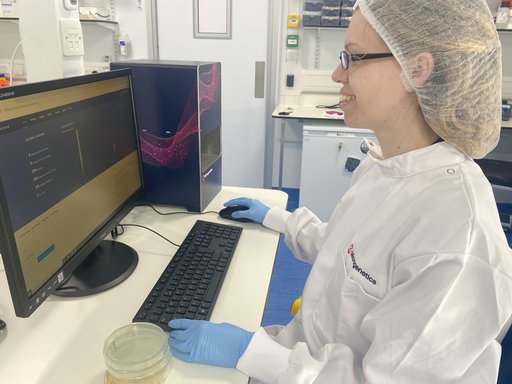Imagine you are in your environmental monitoring lab, reading your plates. You count the number of CFU’s, and as far as you can tell, one of your plates is below the limit – but only just. You record the data, satisfied that though it was close, the limit had not been breached. However, swept up by the work pressures of your lab and relying on your perception of the number of colonies alone, you had miscounted. There has been a limit breach, but it goes undetected.
This is where second checking comes in.
The practice of second checking is not yet universal, for a variety of reasons. It can consume a lot of resource – particularly in labs heavily reliant on manual counting – so despite increasing regulatory pressure, it is often not carried out.
But can you trust your data without it?
In the scenario above, had the plate been subject to a second check, there would have been a higher probability of the limit breach being identified. Catching the limit breach would have allowed for an investigation into the cause of the breach and ultimately led to a level of confidence that products are safe for the end-consumer.
Blind vs open checking
We have now determined why second checking your plates is important, so the next consideration is how this is carried out.
Imagine that you did second check the plates. In one scenario, your second checker is aware of what you counted, and so the second check is open. Perhaps they are less experienced than you and feel intimidated if they disagree with what you counted. Like you, they recognise that the count is on the cusp of being acceptable yet count the CFU that you missed. Despite being aware of the breach, they jot down the same number of colonies as you. Again, the breach is missed.
In a second scenario, the second checking is blind. The second checker has no idea how many CFU’s you identified, so are honest in what they record. You can then work together to review the plate, or get a third opinion, to discuss the discrepancy and determine which recording is correct.
Although open second checks are preferable to not carrying out second checks at all, you can see how the second scenario of blind second checks have less bias than the first.
How SmartControl EM can help

If you are reading this thinking that you would love to be able to second check your plates, but can’t as you lack the resource, SmartControl by Microgenetics can help.
SmartControl EM is a paperless, cloud-based environmental monitoring software. Designed to make the process of environmental monitoring more efficient, it will also help you to meet regulation and get more out of your data.
SmartControl EM saves you time by reducing the number of transcription stages, making your data easily accessible and providing easy to use yet powerful reporting tools. Therefore, the time you currently spend moving data from paper to your spreadsheet or looking for a record so you can carry out investigations could instead be freed up for second checking or innovation.
Another exciting product coming soon in the SmartControl family is the SmartControl Colony Counter, which uses Machine Learning to automate the slow and error-prone colony counting process, even for complex plates such as environmental monitoring samples. Able to integrate with SmartControl EM or any LIMS you have set up in your facility, the colony counter can be used for first or second checks, with repeatable and accurate results each time.
Download a brochure to learn more about SmartControl EM or visit the Microgenetics website to learn about SmartControl Colony Counter.




